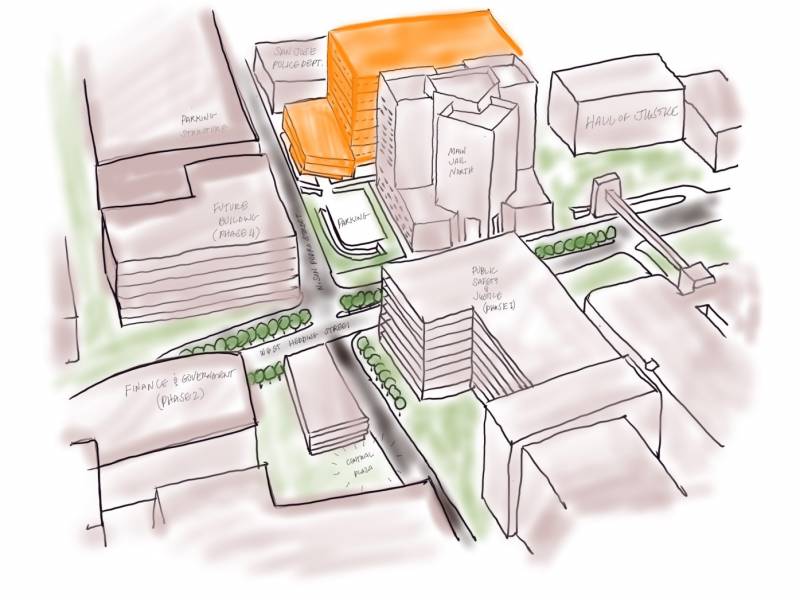The decision ultimately came down to the county’s dire need for a new jail, said Supervisor Otto Lee, noting that its jail facilities were built decades ago, and are largely dilapidated.
“What a lot of people might not understand is that we actually do not have a humane carceral facility to house those in our county right now,” said Lee, pointing to the jail system's troubled history of abuse and neglect.
When first proposed in 2018, the idea for a new county jail was not expected to be so controversial.
And it largely wasn’t, until the Black Lives Matter protests of 2020, sparked by the murder of George Floyd by Minneapolis police.
The county board garnered media attention when supervisors voted unanimously that fall to halt jail construction and explore building a mental health care facility as an alternative.
In a survey of 800 registered voters in the county, commissioned last year by the board, only 10% of respondents said they wanted a new jail, while 34% said they supported the construction of a behavioral health facility, and another 34% favored some combination of the two.
“I think that beginning in the summer of 2020, we started experiencing another resurgence of attention to how our criminal legal system works, how many people we incarcerate, and really taking a serious look at how many of those folks would actually be better served in other environments,” said Supervisor Susan Ellenberg, who called for the postponement and joined Supervisor Cindy Chavez last week in opposing the jail plan.
Ellenberg is among a growing number of local leaders across the state pushing to increase access to public mental health resources.
The county does offer a range of resources for varying levels of mental health treatment, including two mobile crisis response teams and a limited number of beds in small treatment programs. But those services fall far short of meeting the growing need in this very large county, say mental health advocates.
“What we need, in fact, is an entire range of facilities,” Ellenberg said. “But opportunities to move — always thinking about the least restrictive environments to be able to move through a continuum of care. I'm interested in a range of facilities that are run by health care professionals … that are not overseen by the Department of Corrections.”
In recent years, a growing number of local leaders in California, from supervisors to district attorneys, have pushed to provide more mental health treatment programs as alternatives to incarceration. Among the highest-profile examples is Los Angeles County, home to the state’s largest jail system, which has transferred more than 7,000 people from jails into community-based mental health programs since 2017.
The Sacramento County Board of Supervisors also drew headlines last year when it voted against expanding the county’s jail system in favor of alternative treatment programs.
With a dwindling supply of public mental health resources available, jails have increasingly become the dumping grounds for people with serious mental illness who commit minor, nonviolent crimes. Nationally, roughly 20% of people in jails suffer from serious mental illness, according to the Treatment Advocacy Center. In California, that rate is even more stark: A whopping 31% of the state’s jail population in 2019 had an open mental health case, a more than 60% increase from a decade ago, California Health Policy Strategies reported.

